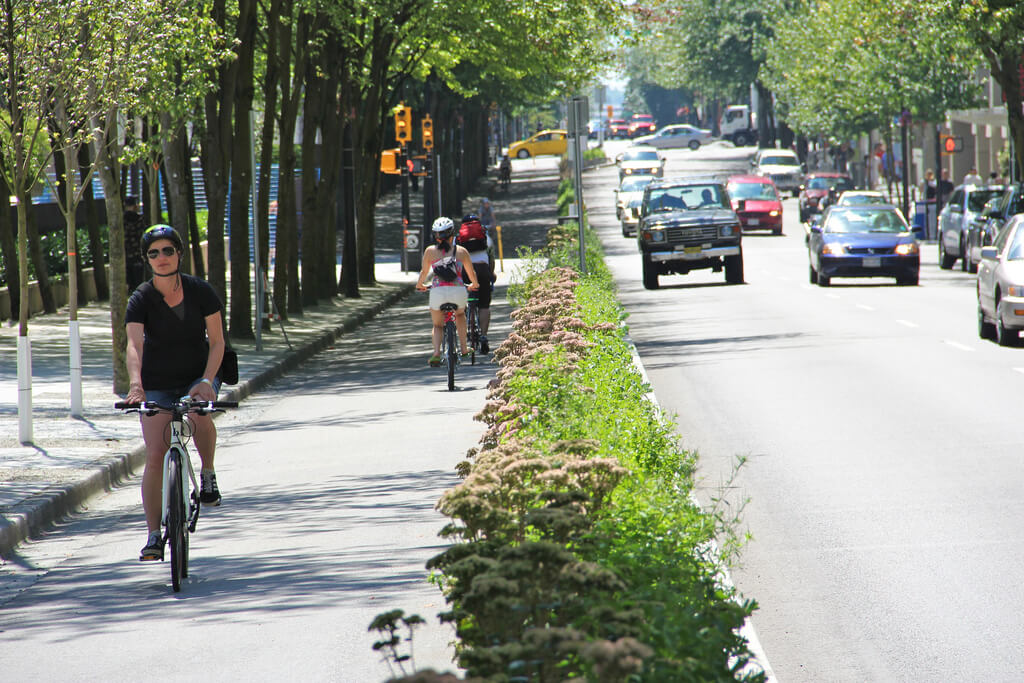Governor Terry McAuliffe today announced that work will begin this summer on the first major improvements to Interstate 66 inside the Beltway in 15 years. The project is part of a comprehensive initiative to transform the I-66 corridor, giving commuters and other travelers a variety of fast and reliable choices for getting to and from work.
“Since the beginning of our administration, we made it our top transportation priority to improve Virginia’s infrastructure and unclog the bottlenecks on our most congested highways,” said Governor McAuliffe, speaking at the groundbreaking ceremony. “This project is a big step forward in our work to transform one of the most important corridors in Northern Virginia, and it will ensure that drivers have faster, safer and more reliable commutes every day. This initiative, coupled with Virginia’s new SMARTSCALE transportation prioritization process, will unlock Northern Virginia from the traffic congestion that was strangling this region’s economic potential.”
The Virginia Department of Transportation (VDOT) project will give commuters more flexibility from the Capital Beltway to the Lee Highway exit in Rosslyn. The initial project includes the installation of tolling equipment along this corridor and signage on local streets approaching the highway. The new I-66 inside the Beltway will be the nation’s first roadway with dynamic tolling on all lanes during peak-period traffic, keeping traffic moving at highway speeds by adjusting toll prices based on traffic volume.
“This project also moves us one step closer to giving travelers an express lanes network across more than 90 miles in Northern Virginia,” said Virginia Secretary of Transportation Aubrey Layne. “With this project, we’re providing better ways to get around and helping to reduce the congestion that now burdens so many of us.”
Toll revenues will fund multimodal improvements, giving commuters expanded options for travel. To jumpstart the process, the Commonwealth Transportation Board recently approved a nearly $10 million program to fund a series of multimodal projects identified by the Northern Virginia Transportation Commission.
Contracts totaling $60 million were awarded to Fort Myer Construction for tolling infrastructure construction and to TransCore for tolling equipment installation. The project includes eight overhead electronic toll collection gantries on I-66 and approximately 125 signs along I-66 and local roads approaching the highway. The work will require periodic lane closures on local roads approaching I-66 interchanges, ramp closures and night-time lane closures along I-66 itself. Brief, occasional total closures of I-66 will occur during overnight construction to install the overhead gantries. Construction will conclude next year.
In addition to these improvements, a four-mile segment of eastbound I-66 from the Dulles Connector Road to Fairfax Drive will be widened to provide further congestion relief.
